12 Field Gear Items That Soldiers Carried in Past Wars
Throughout history, soldiers have relied on field gear to help them survive and complete their missions. Each item they carried was carefully chosen to meet the specific challenges of their environment. From the battlefields of World War I to modern-day conflicts, these tools were vital for staying safe and prepared. The gear soldiers carried often became as important as their weapons.
This post may contain affiliate links, which helps keep this content free. Please read our disclosure for more info.
Rifle and Bayonet
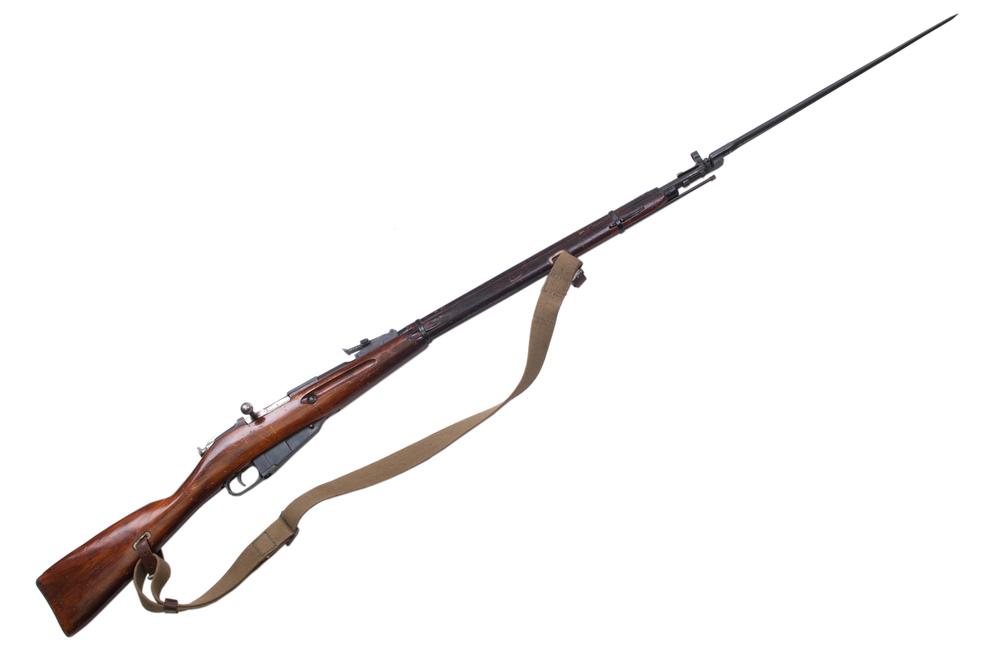
The rifle was the most essential weapon for soldiers, often serving as both a firearm and a tool for close combat. In earlier wars, such as World War I, soldiers carried a bayonet, which could be attached to the front of their rifles for hand-to-hand fighting. The combination of rifle and bayonet allowed soldiers to engage in long-range shooting and protect themselves in close-quarters combat. Over time, rifle designs evolved, but the basic need for a reliable weapon remained constant.
Bayonets were usually issued with a scabbard that allowed soldiers to carry them easily while marching. They could be used for both combat and utility purposes, such as cutting or stabbing in emergencies. As military tactics shifted, the bayonet became less commonly used in modern warfare, but it remained an important part of a soldier’s gear for many decades.
Helmet
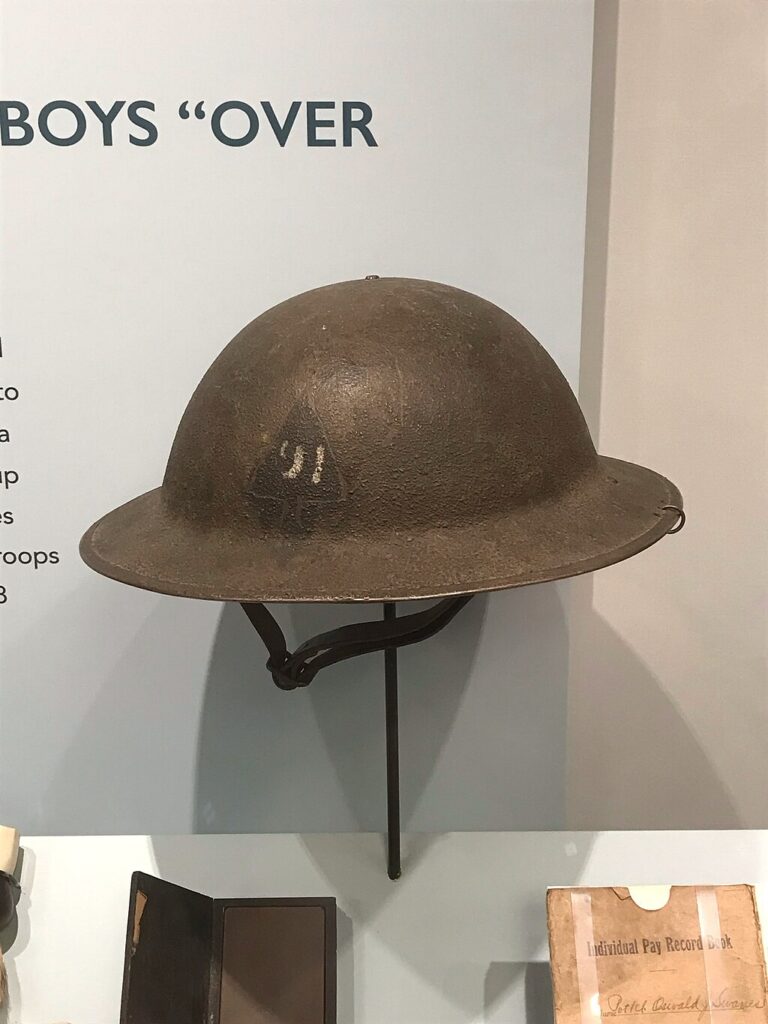
Helmets were a critical piece of equipment for soldiers, offering protection from shrapnel, bullets, and falling debris. The design of the helmet evolved over time, with early versions offering minimal coverage. By World War I, the steel helmet became standard issue for soldiers, greatly improving safety on the battlefield. The helmet served not only as protection but also as a symbol of military service.
Different countries developed their own helmet designs, such as the iconic German “Pickelhaube” and the American M1 helmet. These helmets were often fitted with chin straps to keep them securely in place. Over the years, helmet designs improved for comfort, durability, and protection, making them a vital item for soldiers in all wars.
Backpack (Field Pack)
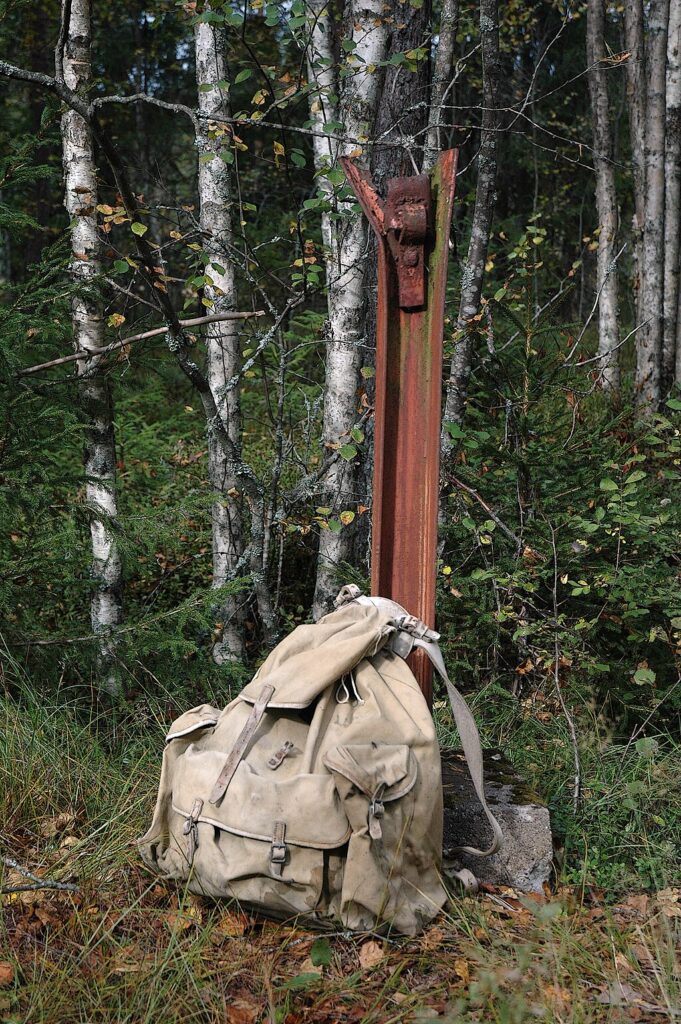
Soldiers relied on backpacks, also known as field packs, to carry their personal items and essentials during long marches and missions. These backpacks typically contained food rations, water, ammunition, and medical supplies. In earlier conflicts, backpacks were made from canvas and leather, offering durability and flexibility. Over time, materials improved, and backpacks became more ergonomic, allowing for better weight distribution.
The contents of a soldier’s pack varied depending on the mission, but it was always essential to have enough supplies to last through extended periods of combat. Backpacks were designed for mobility, with straps that allowed soldiers to move freely while carrying heavy loads. Their importance in maintaining a soldier’s stamina and readiness cannot be overstated.
Gas Mask
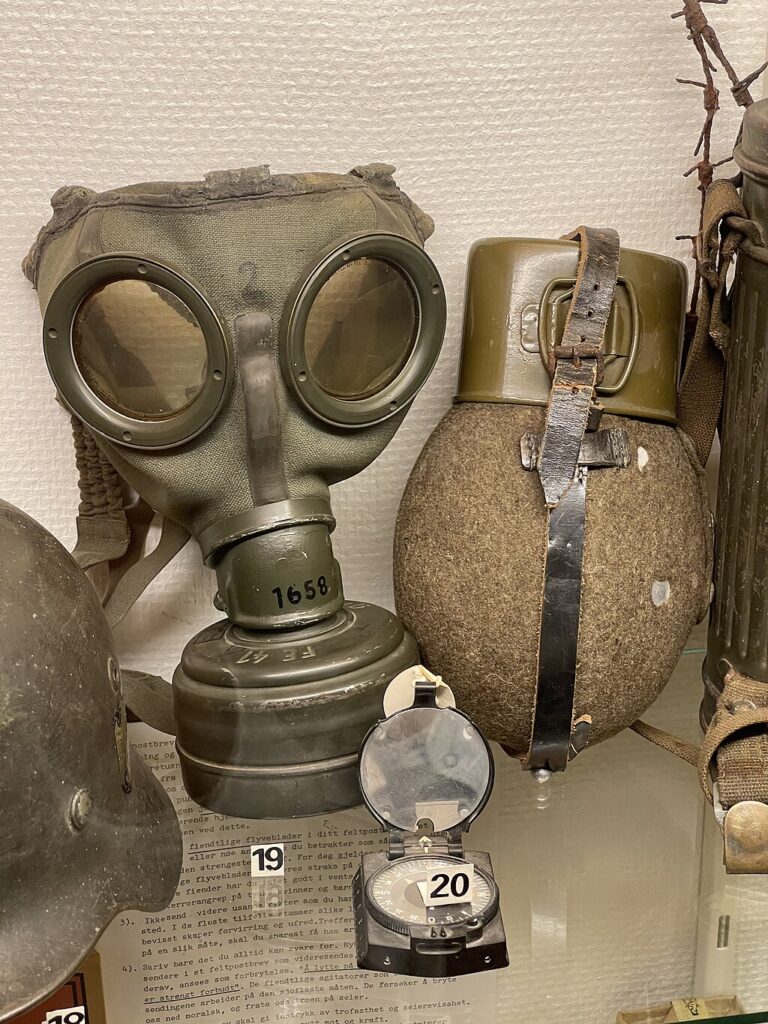
During World War I, the use of chemical warfare introduced the need for gas masks to protect soldiers from poison gases. Gas masks became an essential piece of equipment for soldiers, particularly during trench warfare, where gas attacks were a constant threat. The masks were designed to filter out toxic substances and prevent soldiers from inhaling dangerous chemicals. They were typically worn over the face and secured tightly to ensure no gas could enter.
Later iterations of the gas mask were developed to provide better protection and comfort. Soldiers often had to carry their masks at all times, as gas attacks could happen unexpectedly. The design of the gas mask continued to evolve throughout the 20th century, incorporating new materials and technologies to address different types of chemical agents.
Field Knife
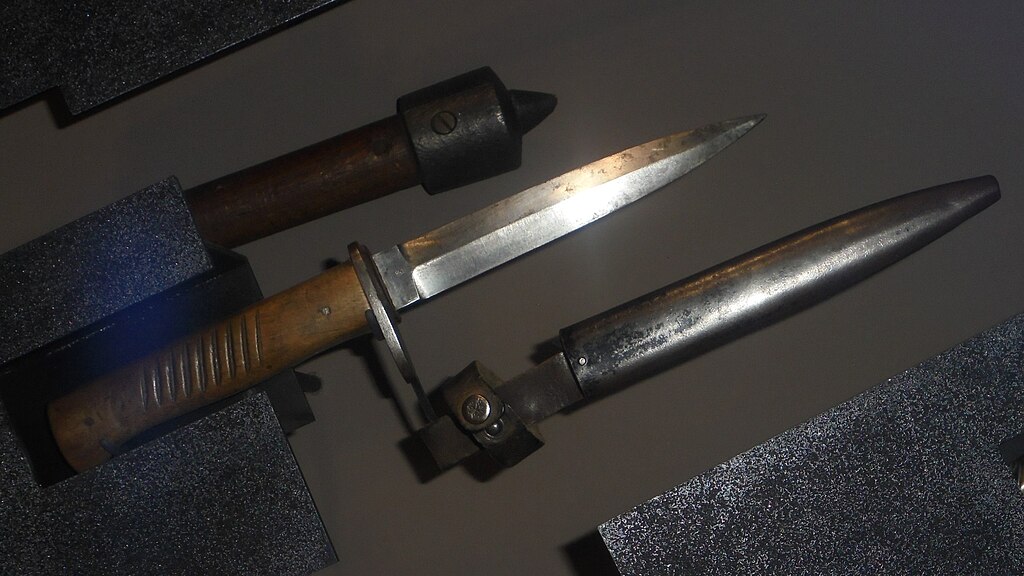
The field knife was a versatile tool that served many purposes for soldiers, from combat to survival. It was used for close-quarters combat, cutting through obstacles, and performing essential tasks like building shelters or preparing food. Some models were designed with additional features, such as a serrated edge for sawing through materials.
In addition to its practical uses, the field knife often became a symbol of a soldier’s resourcefulness. Soldiers could use it to open cans, cut rope, and even defend themselves when necessary. Over the years, the design of field knives improved, with modern versions offering even more functionality, making them indispensable to soldiers in any conflict.
Entrenching Tool (Shovel)
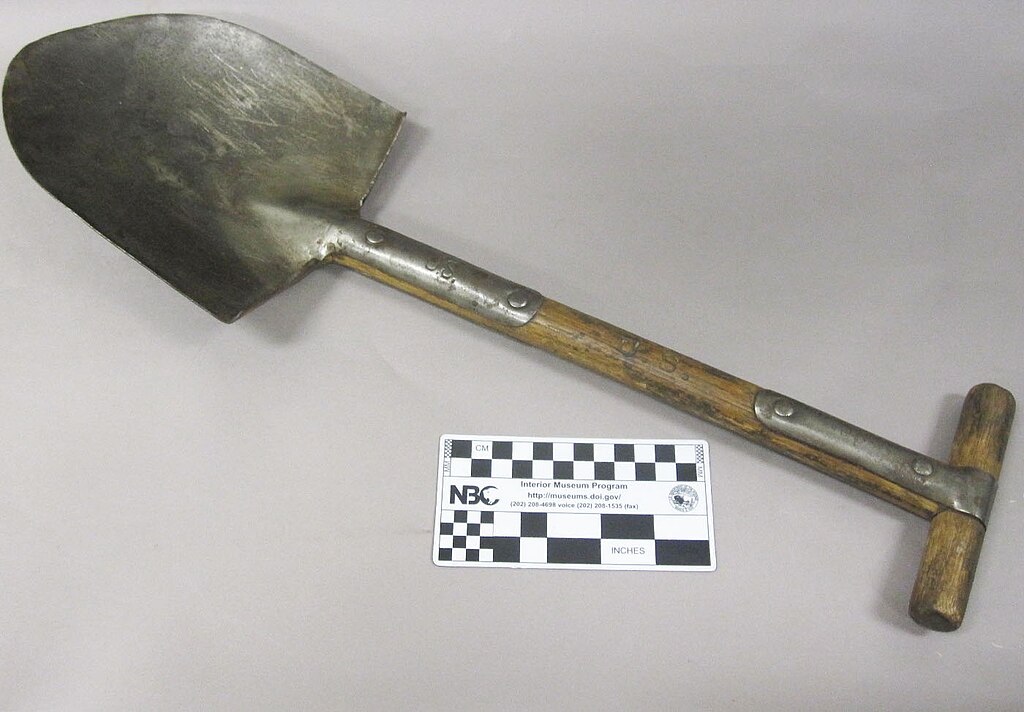
The entrenching tool, or folding shovel, was essential for soldiers who needed to dig trenches, foxholes, or latrines. The compact design allowed soldiers to carry it easily while still being able to perform necessary tasks like digging in the battlefield or preparing defensive positions. Soldiers used the entrenching tool for a variety of reasons, from digging shelter to clearing obstacles. It was often issued as part of the standard gear for soldiers in both World War I and World War II.
This simple tool was invaluable in combat situations where soldiers had to create fortifications quickly. The entrenching tool could also be used for tasks beyond digging, such as prying open crates or even in some cases, close combat. Its durability and usefulness made it a staple for soldiers throughout many wars.
Canteen
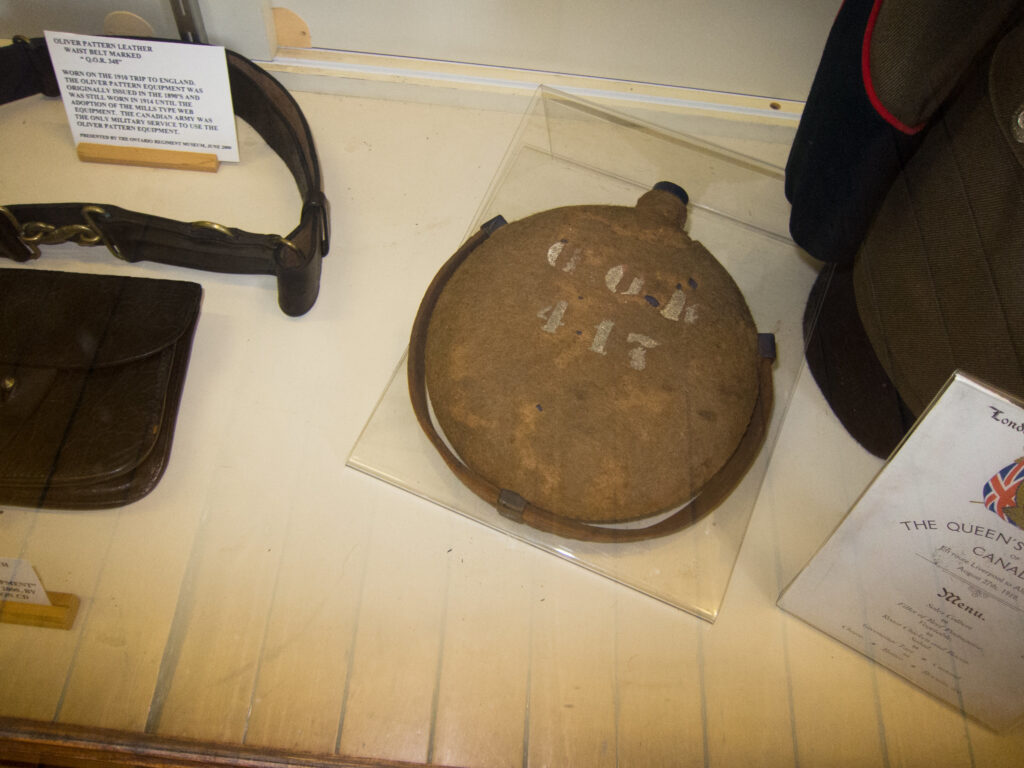
Hydration was a crucial concern for soldiers, and the canteen became the essential item to carry water during long marches or in hot environments. Made of metal or plastic, the canteen was often designed to be attached to a soldier’s belt or backpack for easy access. It allowed soldiers to carry enough water to stay hydrated during extended periods away from water sources. Over the years, canteens were designed with additional features, like insulation to keep the water cool.
During wartime, access to fresh water was limited, and soldiers had to rely on their canteen as their primary source of hydration. The design of the canteen evolved to meet the changing needs of soldiers, with improvements in the materials and lids. The canteen became an indispensable part of field gear, ensuring that soldiers could survive in even the most challenging conditions.
Ammunition Pouches
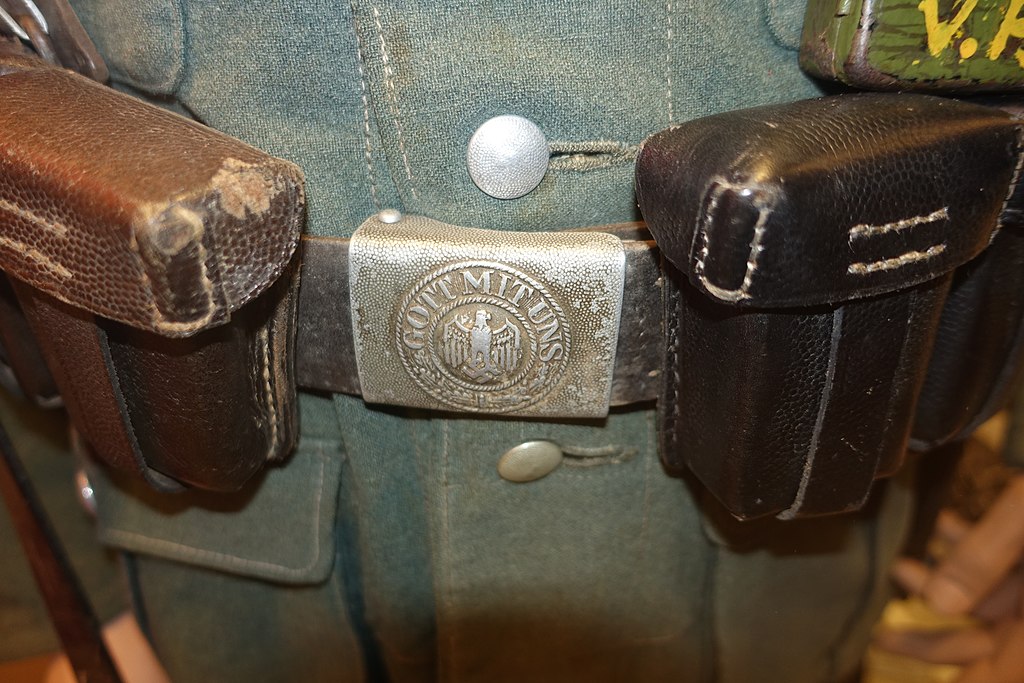
Ammunition pouches were a critical component of a soldier’s gear, as they allowed for quick access to ammunition during combat. These pouches were typically attached to the soldier’s belt or vest, ensuring that extra rounds were easily within reach when needed. Early designs were simple, made from canvas or leather, and had a limited capacity. Over time, the design improved to hold more rounds and offer quicker access.
The size and number of pouches varied depending on the weapon and mission, with soldiers carrying different types of ammunition based on their role. Pouches were essential for maintaining combat readiness, as running out of ammo could be a matter of life or death. These pouches were often used not only for carrying rounds but also for storing tools and small personal items.
First Aid Kit
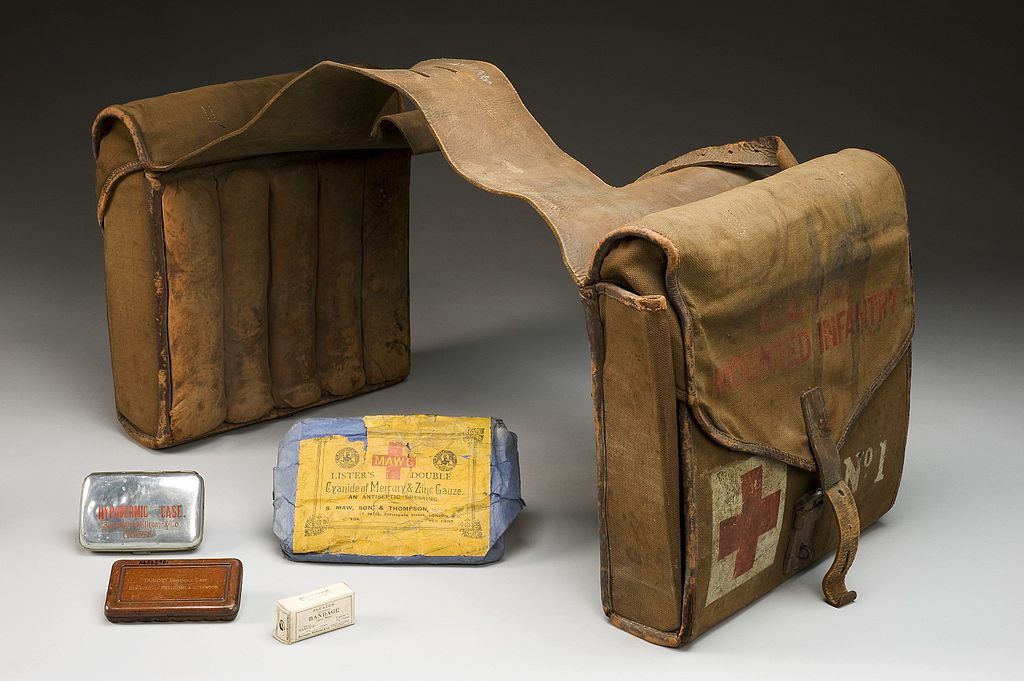
A soldier’s first aid kit was a crucial part of their gear, especially in the event of injuries during combat. The kits typically contained bandages, antiseptics, morphine, and other medical supplies to treat wounds until more advanced care could be obtained. During earlier wars, the kits were relatively simple, but they were critical in saving lives on the battlefield. By World War II, more sophisticated medical kits were developed to address the diverse needs of soldiers.
In addition to providing first aid in emergencies, these kits were often designed to be compact and easy to carry. Soldiers were trained to use these supplies in the field to handle a variety of injuries. The evolution of first aid kits in the military helped ensure that soldiers could manage injuries effectively, even in the most dangerous conditions.
Compass
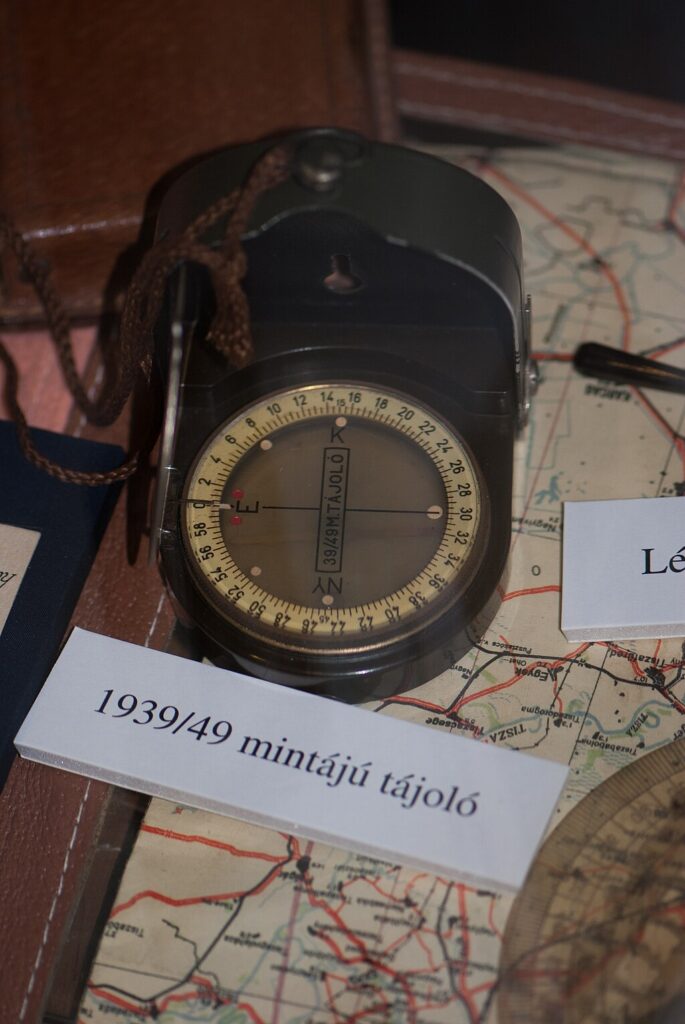
Navigating through unfamiliar terrain is a vital skill for soldiers, and the compass became a key tool for ensuring that soldiers stayed on track. The compass was used to determine directions and avoid getting lost during operations. Early models were simple, but they were crucial for guiding soldiers during long marches or in dense forests. The compass has remained one of the most reliable tools for navigation throughout history.
In addition to basic directional use, the compass often helped soldiers identify specific locations and coordinate with their units. Many compasses were compact and designed for easy storage in pockets or backpacks. As military tactics and technology evolved, more sophisticated compasses were introduced, but the basic principle remained the same. The compass was indispensable for soldiers operating in vast and challenging environments.
MREs (Meals Ready to Eat)
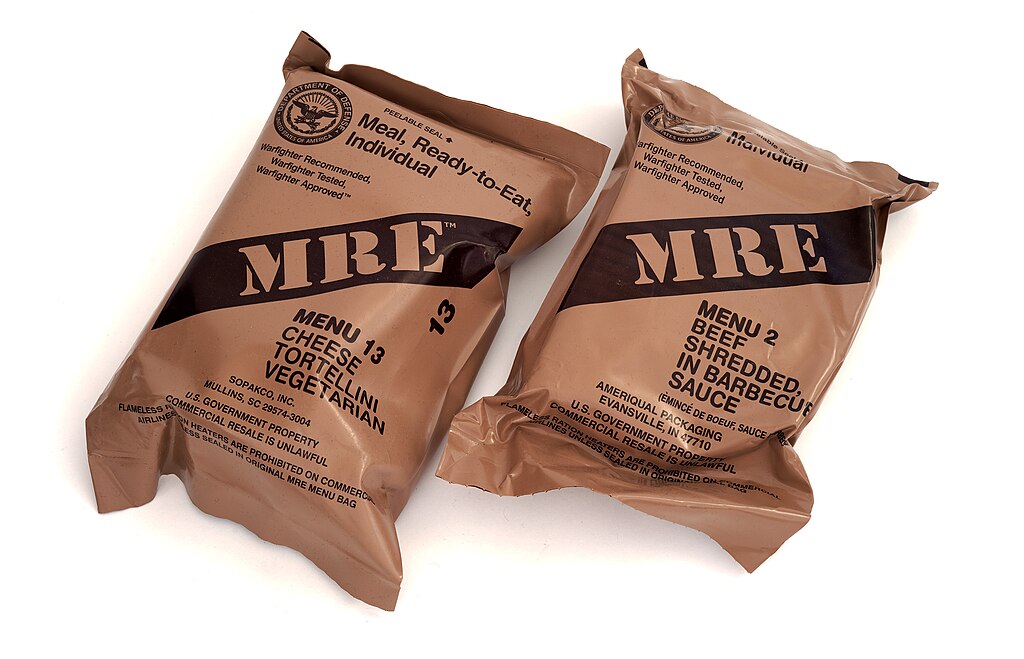
MREs became a standard part of soldiers’ gear, especially during modern wars. These pre-packaged meals were designed to provide essential nutrients and calories without the need for cooking. The meals were sealed to ensure freshness and were portable, making them ideal for soldiers in the field. MREs included a variety of meal options, from pasta to beef stew, and were designed to be eaten at any time.
The introduction of MREs revolutionized battlefield nutrition, allowing soldiers to maintain energy without relying on traditional food supplies. The meals often included a small heating element to warm the food, making them more convenient. Over time, MREs became more varied and included snacks, drinks, and even desserts. While not always the most appetizing, MREs were a reliable source of sustenance in the field.
Radio
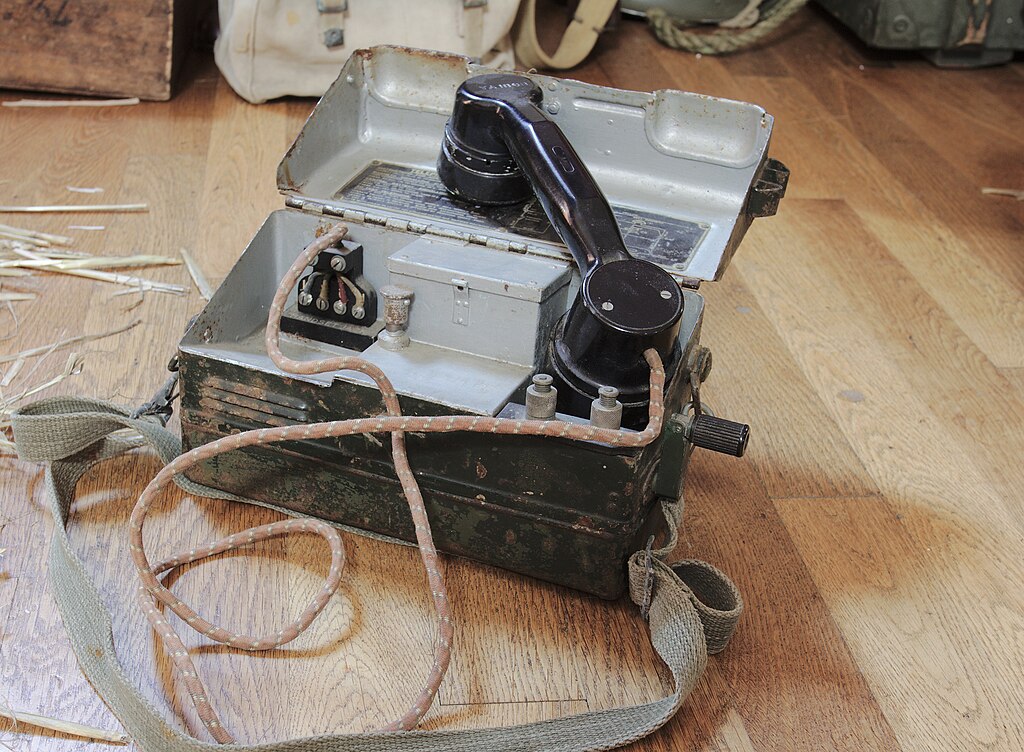
Communication on the battlefield is essential, and the radio became a crucial tool for soldiers to stay in contact with their units and commanders. Radios ranged from large, stationary models to smaller, portable units, depending on the era. They allowed for quick updates on mission progress and coordination with other units. Early radios were bulky and difficult to use, but they improved over time, becoming more compact and reliable.
The ability to send and receive messages in real-time gave soldiers a significant advantage during operations. Radios were vital for calling in air support, receiving intelligence, and coordinating complex missions. As technology advanced, radios became lighter and more efficient, ensuring better communication in diverse conditions. Today, advanced communication devices have replaced traditional radios, but their role in military history remains vital.
This article originally appeared on Avocadu.
